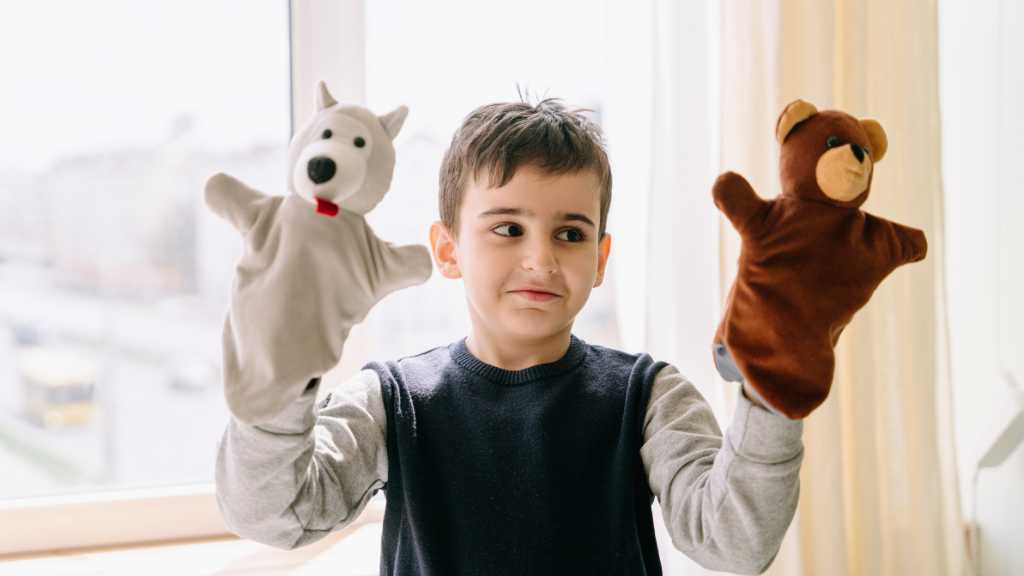Table of Contents
How do I get my teen tested for autism?
For many families, the teenage years bring new questions about development, independence, and future goals. When parents notice social, behavioral, or communication challenges during this stage, they may wonder if autism could be a factor. An autism diagnosis in teens can feel overwhelming at first, but it also opens doors to clarity, support, and tailored care.
Many young people, particularly those who have developed strong coping mechanisms or whose symptoms present differently than traditional expectations, don’t receive their diagnosis until their teenage years. An autism diagnosis in teens can bring relief, understanding, and access to crucial support. Far from being “too late,” adolescence is actually a critical window to build independence, strengthen social skills, and prepare for adulthood.
At ABA Centers of New Jersey, we understand that navigating the teenage years is already complex, and adding questions about autism can make it even harder. The good news is that with proper evaluation and support, teens on the autism spectrum can thrive academically, socially, and emotionally.
Understanding Late Autism Diagnosis in Teens
According to the Centers for Disease Control and Prevention (CDC), autism affects about 1 in 31 children in the U.S., with diagnoses continuing to rise in recent years. While early identification is emphasized, many children, especially those with milder traits, girls, or those from underserved communities, are not diagnosed until adolescence.
According to the Child Mind Institute, late autism diagnosis in teens often occurs because early symptoms may be misinterpreted as shyness, ADHD, or simply “quirky behavior.” By the teen years, however, challenges in school performance, friendships, and emotional regulation may make signs of autism clearer.
Moreover, one contributing factor to later autism diagnosis in teens is the development of masking or camouflaging behaviors. According to research, many teens, especially young women, become highly skilled at observing and copying social behaviors around them. They learn to mirror facial expressions, mimic conversational patterns, and suppress stimming behaviors that might draw attention.

In addition, teenagers with autism often demonstrate exceptional abilities in specific academic areas, which can overshadow their social and sensory challenges. Their intellectual capabilities help them compensate for difficulties in understanding non-verbal communication, navigating peer relationships, or managing sensory overload.
Teachers and parents might attribute any struggles to typical teenage behavior, academic stress, or personality traits rather than recognizing them as potential signs of autism in teens.
Recognizing Signs of Autism in Teens
Understanding the signs of autism in teens requires looking beyond childhood presentations to recognize how autism manifests during adolescence. These signs often become more apparent as social expectations increase and academic demands intensify.
Common indicators may include:
- Social challenges: Difficulty reading nonverbal cues, interpreting sarcasm, or navigating group conversations.
- Friendship struggles: Trouble initiating or maintaining close relationships.
- Communication differences: Speaking in a very literal or formal style, or avoiding small talk.
- Sensory sensitivities: Heightened reactions to noise, light, clothing textures, or food preferences.
- Repetitive or intense interests: Deep focus on specific topics or hobbies, sometimes to the exclusion of other activities.
- Rigid routines: Discomfort or anxiety when daily patterns are disrupted.
- Emotional regulation difficulties: Struggles with managing frustration, anxiety, or sudden mood changes.
It’s important to note that traits vary widely, and not every teen will display all of these behaviors. An autism assessment in teens is essential, as it helps distinguish between typical adolescent struggles and signs of ASD.
What Happens During an Autism Assessment in Teens?
Autism assessment in teens involves a comprehensive evaluation that considers the unique aspects of adolescent development and the ways autism might present during this life stage.
Initial Consultation and History Gathering
The assessment process begins with a detailed discussion about your concerns, your teen’s developmental history, and current challenges. This conversation helps the evaluation team understand what specific areas need closer examination and what outcomes you’re hoping to achieve through the assessment.
Unlike assessments for younger children, teen evaluations often include significant input from the teenagers themselves. Many adolescents can articulate their own experiences, challenges, and observations about how they differ from their peers.
Standardized Assessment Tools
Professional evaluations typically utilize gold-standard assessment tools, with practitioners widely using the ADOS-2 (Autism Diagnostic Observation Schedule) for teenagers. This assessment involves structured activities and conversations that allow evaluators to observe social communication, interaction patterns, and restricted or repetitive behaviors in naturalistic ways.
3. Comprehensive Developmental Interview
Parents or caregivers participate in detailed interviews about their teen’s early development, current functioning, and family history.
This historical perspective is crucial because it helps professionals understand how current behaviors might relate to early developmental patterns that weren’t previously recognized as autism-related.

4. Cognitive and Academic Assessment
Many teen autism evaluations include cognitive testing to understand intellectual abilities and identify any learning differences that might be present alongside autism. This information is vital for educational planning and understanding how autism might impact academic performance.
5. Analysis and Diagnosis
The evaluation team carefully reviews all gathered information and typically spends 1-2 weeks analyzing results and preparing comprehensive reports. They examine patterns of behavior, developmental history, and current functioning to determine if the teen met the diagnostic criteria for an official autism diagnosis.
The Role of ABA Therapy in Teenage Years
Applied Behavior Analysis (ABA) is often associated with early intervention, but research and clinical practice show that it remains highly effective for adolescents. During the teenage years, ABA can focus on skills that directly impact independence and quality of life.
How ABA therapy helps teens:
- Social skills training: Building confidence in making and keeping friends, navigating conversations, and understanding social expectations.
- Executive functioning: Improving organization, time management, and problem-solving.
- Coping strategies: Helping teens handle anxiety, sensory sensitivities, and emotional regulation.
- Life skills: Preparing for adulthood with training in money management, self-care, and job readiness.
According to the Journal of the Korean Academy of Child and Adolescent Psychiatry, ABA interventions can significantly improve adaptive skills and reduce challenging behaviors in adolescents with autism.
Moving Forward: Support for Teens and Families
Getting an autism diagnosis in teens is not the end; it’s the beginning of understanding and support. For many families, it brings clarity and a roadmap for the future. With the right combination of therapies, educational accommodations, and family guidance, teens on the spectrum can thrive during adolescence and beyond.
If you are noticing potential signs of autism in your teen, or if you are ready to take the next step in the diagnostic process, ABA Centers of New Jersey is here to help. Our team provides comprehensive autism assessments, ABA therapy, and ongoing support for families across the state.
Contact us today at (855) 640-7888 or schedule a free consultation and begin building a stronger, more confident future for your loved one.







